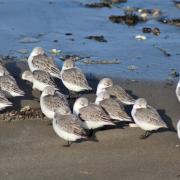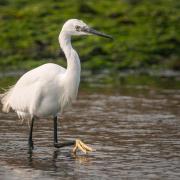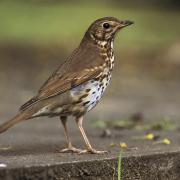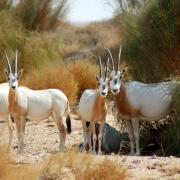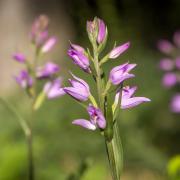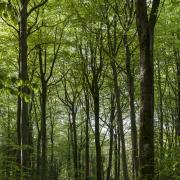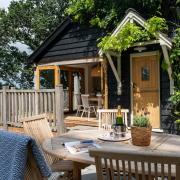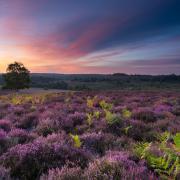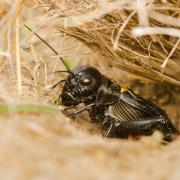As winters become harder and summers get hotter, our local wildlife has to learn to adapt. The Hampshire and Isle of Wight Wildlife Trust are keeping a close eye on what's happening across the county
As winters become harder and summers get hotter, our local wildlife has to learn to adapt. Does this mean that a lot of Hampshire’s native species will migrate to the north of the country and we’ll begin to see more European visitors? The Hampshire and Isle of Wight Wildlife Trust are keeping a close eye on what’s happening across the county.
Time for change?Climate change has the potential to be one of the biggest threats to local wildlife – but it may also create the chance for some species to spread and for new wildlife to colonise our local areas. The problem is, nobody knows for certain exactly what the changes will be.If, as predicted, temperatures rise, our wildlife must either adapt to the warmth or move, over time, to new areas where the temperature and habitat suit them.A rule of thumb is that species currently found in the warmer, drier south east of the country are likely to expand their range northwards, while some Mediterranean species living in France or southern Europe may colonise southern Britain for the first time. The Dartford warbler, once largely confined to Hampshire and Dorset, has spread as far as Norfolk, while the wasp spider now breeds in Cambridgeshire having previously only been found in Hampshire, coastal Dorset and Sussex.Being more mobile, birds would appear to have a better chance of being able to adapt to climate change by moving to more favourable areas as their traditional sites disappear. In practice, the complexity of how feeding and breeding relationships may be affected means that we cannot assume that all would be well.
Fly, fly awayOf particular concern are our internationally important coastal bird populations. Species such as Brent geese and black-tailed godwits are able to adapt to naturally shifting habitats but only if those habitats are actually able to shift – something that is becoming increasingly difficult as coastal development and rising seas reduce the available space. The key to their success will ultimately be the availability of suitable feeding and roosting areas which is why the Trust’s ‘living landscapes’ approach to 21st century nature conservation is so important.In their wintering grounds along the Solent coast, these migratory birds would be hit by the predicted harder winters because they would need to spend more time feeding in order to replenish their energy supplies. Warmer UK summers could in theory mean a greater abundance of the invertebrates eaten by wading birds in winter, but drought would reduce the amount of good grazing on favoured sites for wildfowl.In a nutshell, climate change could directly and indirectly affect the survival of our coastal birds and these effects are likely to be exaggerated locally because of coastal development. The Wildlife Trust monitors bird populations at sites like Keyhaven and Farlington Marshes, to help ensure long-term provision of feeding and roosting areas for Brent geese and wading birds facing an uncertain future.So which will have the greatest impact on the long-term population trend – climate change or habitat availability? The truth is that both of these factors are linked and we need to ensure that we restore and enhance important wildlife habitat if we are to help wildlife adapt to the impacts of climate change.
WildlineMake your garden more wildlife friendlyWildline has received a huge number of calls this year asking for help in identifying various animal sightings in gardens. It just shows how important gardens are for wildlife. If you would like to encourage wildlife into your garden there are many things you can do, including digging a pond, creating a wildflower meadow, starting a compost heap, making a dead-wood habitat and putting up a nest box. The Wildlife Trust has leaflets that can help you make your garden more wildlife friendly.
A good year for butterfliesIt seems to have been a relatively good year for the number of butterflies that have been spotted by the public. The Gatekeeper, which has suffered a run of extremely bad years, surprised experts by ranking number three.A rise in city habitats has helped the boom, with people taking greater care to plant window boxes and allow long grass and flowers to grow.
Call WildLineIf you have a question for WildLine, here’s how to get in touch.Tel. 01489 774446 Email WildLine@hwt.org.ukweb www.hwt.org.ukWrite to WildLine, Hampshire and Isle of Wight Wildlife Trust,Beechcroft House, Vicarage Lane, Curdridge, Hants SO32 2DP





